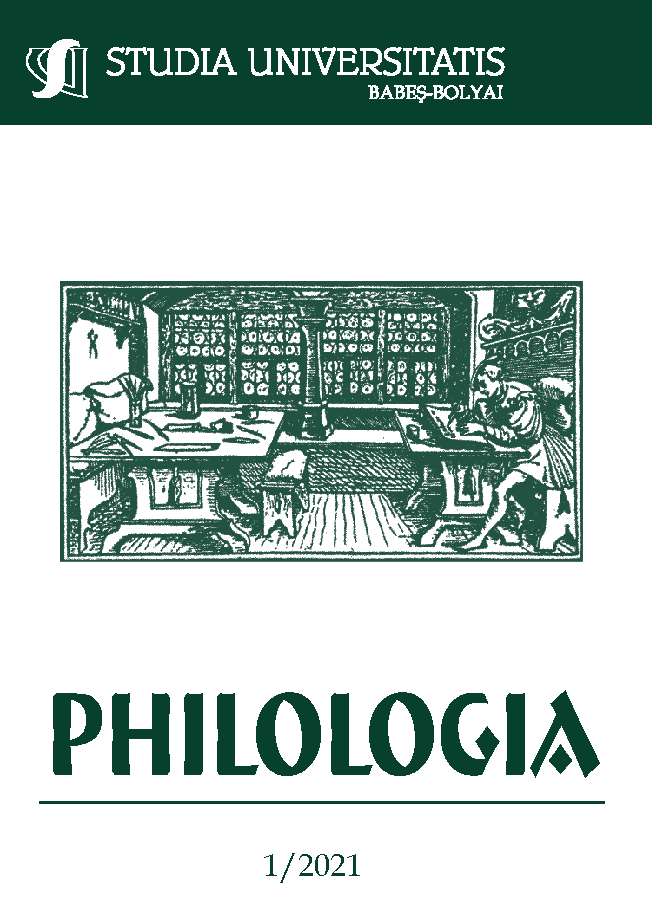KAWAII (CUTE) SIGNS AND SYMBOLS AS MEANS OF MAINTAINING HARMONY IN JAPANESE SOCIETY
KAWAII (CUTE) SIGNS AND SYMBOLS AS MEANS OF MAINTAINING HARMONY IN JAPANESE SOCIETY
Author(s): Oana Maria BîrleaSubject(s): Sociolinguistics
Published by: Studia Universitatis Babes-Bolyai
Keywords: advertising discourse; cultural semiotics; advertising language; kawaii; cute; cute studies; Japanese; pop culture;
Summary/Abstract: Kawaii (Cute) Signs and Symbols as a Means of Maintaining Harmony in Japanese Society. This study focuses on the various facets of the Japanese concept of kawaii (“cute”, “adorable”), as resulting from print advertisements. In the last decade it has been intensively studied by different scholars from various research fields aiming to understand the Japanese worldview. The analysis of pop culture elements, of which kawaii is part of, was not an area of interest due to the fact that they were considered inferior to high culture (classical arts and traditions), but the influence of this concept on culture and language, as well as on the way the Japanese communicate and relate is significant. Starting from the idea that the viewer is (often) persuaded through culture-specific signs and symbols, we intend to present the role of kawaii (“cute”, “adorable”) verbal and visual signs in maintaining group harmony (wa), one of Japan’s core values. Hofstede’s (2001, 2003, 2010) cultural dimensions theory was used to identify some of the dominant values in the Japanese society which determine people’s expectations and behavior and signs and symbols used in adverts were analyzed from a cultural semiotics perspective. In order to explain the popularity of cute characters and “sweet talk” (oseji) in advertisements, we conducted a content analysis based on a corpus of over 200 Japanese print advertisements, covering both commercial and social (public interest) advertising, out of which we have selected four to discuss in this paper.
Journal: Studia Universitatis Babes-Bolyai - Philologia
- Issue Year: 66/2021
- Issue No: 1
- Page Range: 205-218
- Page Count: 14
- Language: English

